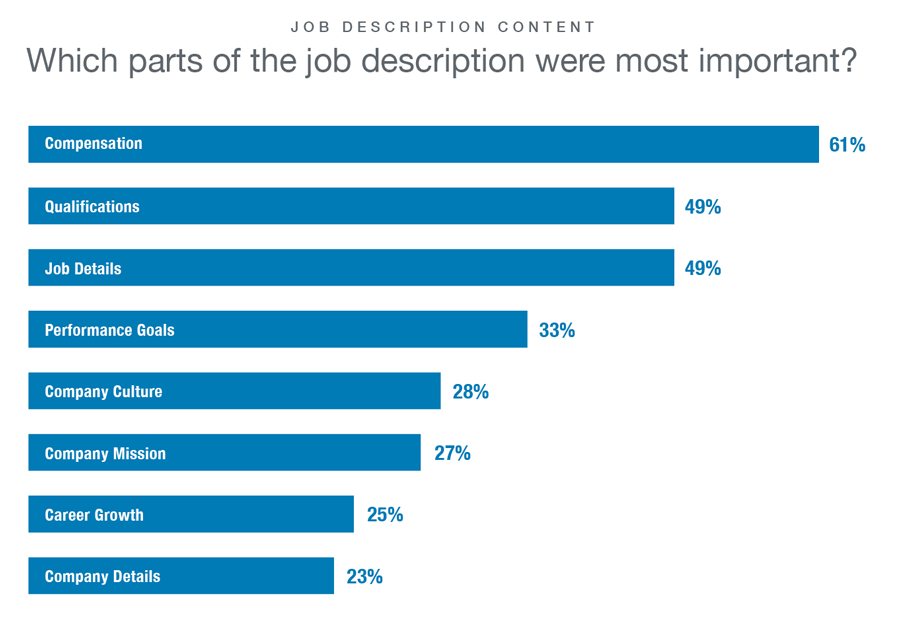Be the first to know
Sign up for a weekly dose of tech hiring news and updates.
Inclusive hiring practices are more important than ever, as forward-thinking companies strive to recruit top talent from around the world and create competitive advantages for themselves.
But the top talent doesn’t always hail from the expected places, such as top universities or large corporate internship programs. Sometimes the ideal hire may be self-taught, self-employed, from an underrepresented community, or switching from another industry mid-career.
Tech firms can improve their diversity and inclusion efforts when they don’t overlook these nontraditional candidates but actually seek them out. And one of the best ways to start drawing in the diverse, high-performing candidates is to revisit your job descriptions. Rather than advertising jobs with posts focused on the credentials needed to get the job, flip the script and focus on the skills an individual will need to succeed at the job.
Think about it – what matters most to your team is recruiting a candidate that will get the job done well, not just recruiting a candidate that has the right credentials. Follow these six steps to creating job descriptions that promote inclusive hiring practices and skills based hiring.
1. Determine the competencies and expertise needed for the position.
Before advertising an open position, sit down with the hiring manager and members of the interview team to discuss the skills and expertise that will be needed for a candidate to perform the job successfully.
Make sure all members of the team understand the criteria the team is seeking. This focus on predetermined criteria will help reduce bias, promote inclusive hiring practices, and create a fair process for each candidate.
2. Consider relaxing traditional job requirements.
If you’ve always required candidates to have a four-year college degree, or five years of experience, or other specific requirements, pause and ask yourself and your team if those requirements are truly necessary.
If you’re truly focused on hiring someone with the right skills to produce the results you want, traditional credentials may not be necessary.
3. Include clear, specific goals.
If your job description is focused mainly on your company culture and vague information about the position, it’s difficult for candidates to decide for themselves whether they will be a good fit. LinkedIn research shows that candidates find the most helpful job postings that include specific performance goals that will be expected of the new hire.

In fact, U.S. job posts that mentioned “responsibilities” without mentioning “requirements” received 14% more applications per view than job posts that mentioned “requirements” but not “responsibilities,” according to the same LinkedIn research.
Consider answering some of these questions in your job description:
- What skills should the new hire already have?
- What skills will the new hire be expected to learn on the job?
- What do you expect the new hire to accomplish within the first six months on the job? What about within the first year?
4. Keep it short.
It won’t matter how skills-focused your job description is if it’s so long that few candidates finish reading it.
Research shows that candidates are much more likely to apply to shorter posts. For instance, job posts that were 300 words or fewer netted 8.4% more applicants than average.
Read more articles like this: Why Tech Teams Need To Be More Diverse & Inclusive Than Ever Before
5. Integrate tools to assess candidate skills.
When you’ve developed a winning skills based job description, the next step is to build a hiring process that will effectively assess those skills.
For developer candidates, one of the most reliable ways to assess skills is to use coding tests, collaborative coding, and project tasks, which allow you to see candidates undertaking real-life work experiences.
6. Evaluate candidates based on your skills based hiring criteria.
When candidates complete assessments and interviews, take time to compare your interview notes with the criteria you included in the job description. Your focus should be on determining whether the individual candidate can perform the job at or above the level that you and the team expect.
All employees who are involved in the interview or collaborative coding process should take time together to discuss each candidate and their skills. If you can include several employees in the review process, that can help prevent bias. That’s because each interviewer or reviewer will have their own unique viewpoint and perspective on the individual candidate.
Rather than one or two people making a decision about a candidate, a team of diverse individuals can, through conversation, make a more nuanced decision. Research shows that inclusive teams make better business decisions up to 87% of the time.
As your team discusses each candidate, remember to keep the conversation focused on the skills you agreed to seek from the beginning and don’t let emotions or individual biases get in the way of selecting the best candidate for the position. Take time to set goals and track progress toward meeting your goals for inclusive hiring.
Forward-thinking organizations will continue to focus on diversity and inclusion to build more successful teams. And hiring managers can make a positive impact on their inclusive hiring practices by implementing skills based job descriptions.
Want to learn more about how to implement more inclusive hiring practices? Sign up for our newsletter and stay informed.
